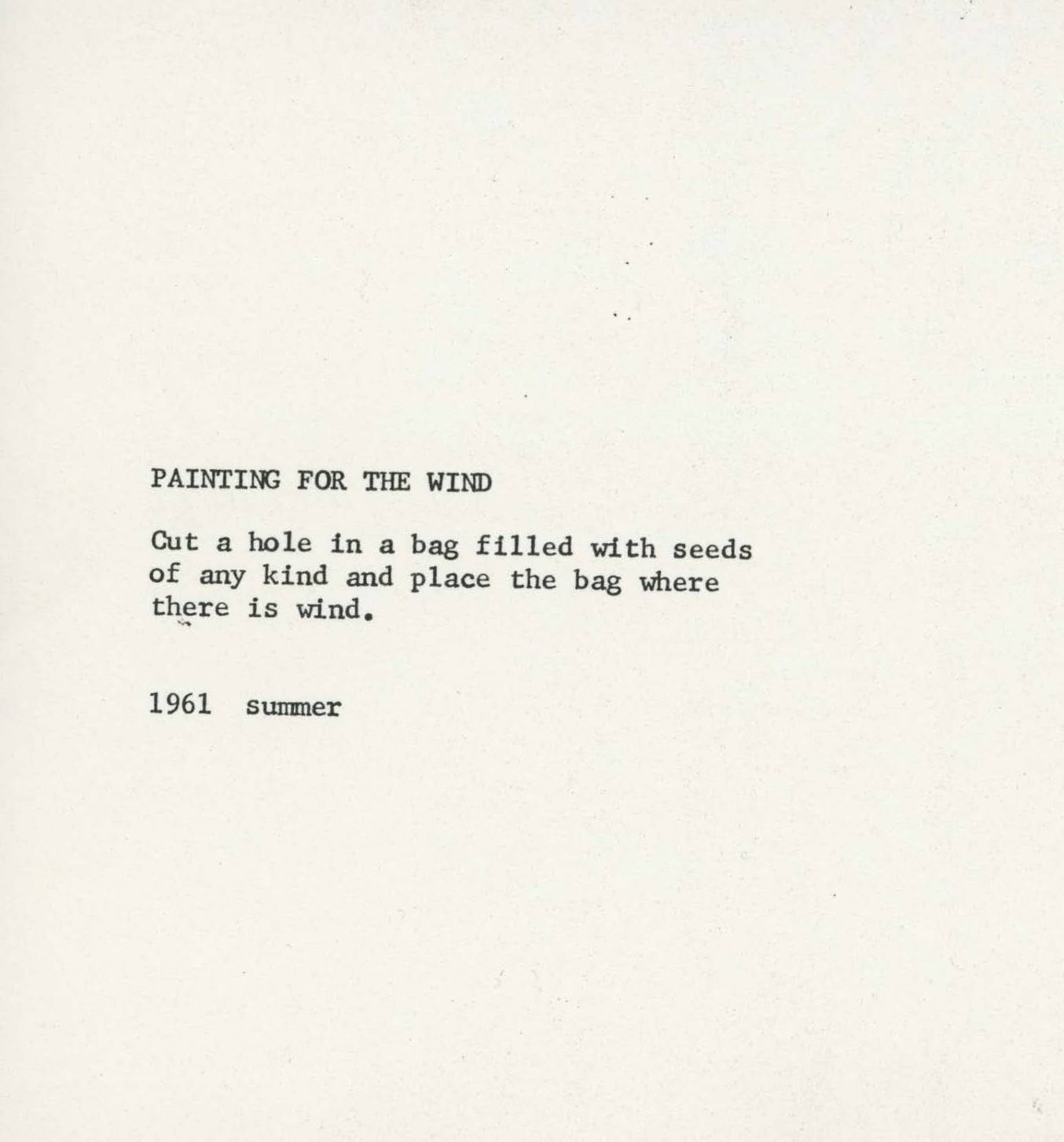Janine Antoni
Janine Antoni, an artist who combines performance and sculpture, invited Stephen Petronio and Anna Halprin to collaborate on her 2015–16 artist-in-residence exhibition at the Fabric Workshop and Museum, Philadelphia.
Documentation of an artwork almost always occupies a different medium from the original. In capturing the original work, we are primarily negotiating the translation of one form to another. Translation, however, necessitates interpretation.
Some argue that because there is a gap between the original and its translation, the documentation is inferior to the original. To be sure, there is always part of the original artwork that simply cannot be translated, but in turn, a great creative potential is born. This potential, this space of elusive content, lives between the original and the documentation. When viewers are presented only with documentation, they are asked to reconstruct the artwork in their imaginations. At best this process captures only a sense of the original. In practice the imaginative reconstruction is the elusive content I crave: the act of inserting your body into a static thing that has no literal room for your body. I call this imaginative projection.
In the 1970s there was a stigma attached to documentation that played off a fear of inauthenticity; focusing more on the documentation than the original artwork would be impure. After the 1970s artists began to realize that the documentation would outlive the original artwork. Later generations built on this realization and began to understand the role of documentation, not only in ensuring the longevity of a work but also in constructing its meaning. As the stigma subsided, we acknowledged the subjective role of documentation and began to reconsider an artwork’s objective truth. Today this shift in attitude toward documentation has become so prevalent that many artworks are now performed only for the camera.
Marina Abramović's 2010 retrospective at the Museum of Modern Art, New York, “The Artist Is Present,” is a great example of the various methods of documentation. In a single exhibition you could see blurry black-and-white photographs with descriptive text, video of past performances, performative acts made for the camera, live reenacted performances, and her live performance. Each iteration of documentation provided an opportunity to see how each form functioned. Every form, however, afforded the viewer imaginative projection. You could see Abramović perform downstairs in the atrium, and then upstairs you could replace the reenactors with a projection of her performing presence. I was struck by my nostalgia for the black-and-white photos. In those photos I found a space in which I could insert my imagination. Personally I responded to those more fully than to the more solidified experiences of video and reenactment.
Some viewers will feel that documentation is always inferior to experience, and I can understand their purist perspective. With live performance, nothing can replace my body experiencing the performance of another. That heightened sense of awareness embodied by a performer can create a singular relationship, a transaction, with the audience that is beyond translation.
In darshan, the Hindu and Buddhist concept that one can receive a transfer of energy in the presence of an enlightened being, I find this singular relationship, transaction, in the extreme. I am intrigued by the belief that one can access a heightened state of consciousness by being in the presence of another being who has both attained this state and created a form of interaction in which to offer it. In this belief system it is also held that an artifact or image can operate as an avatar.
Art is not unlike darshan in that we have all been moved by the presence of an object. Being with a great artwork has a complexity much like that of being with another human; it can be transformative. Maybe this is why we need to take creative license when documenting a performance. That license is necessary to fill the gap between mediums. The documentation must capture, retain, and create something akin to the qualities of the initial witnessing and transaction with another human being.
My favorite form of documentation is the oral tradition. Maybe it is simply because I come from the Caribbean, but the malleability of the oral tradition interests me. It is the most open to subjective interpretation, and it also transforms with time and history. As such, oral documentation has allowed the artwork to remain relevant and fluid over time.
Some of my favorite art I have never seen. As a young artist with a vivid imagination, I was told stories by my art-world elders and infused them with my own fantasies of unexperienced moments. I, in turn, tell my students these infused versions of the stories told to me.
For Further Reference
Joseph Beuys, Fettecke in Kartonschachtel (Fat Corner in a Cardboard Box), 1963.
Francis Alÿs, Untitled from When Faith Moves Mountains, 2002. A painting of the performance.
Jamie Isenstein, “Will Return” sign on Magic Fingers, 2003, or Arm Chair, 2006.
Daniel Bozhkov, Training in Assertive Hospitality, 2000–2004.
Yoko Ono, Painting for the Wind, 1961.
Mata Amritanandamayi, aka Amma, A Hug, 1967–.
Tehching Hsieh, One Year Performance 1980–1981, April 11, 1980–April 11, 1981.



















































































